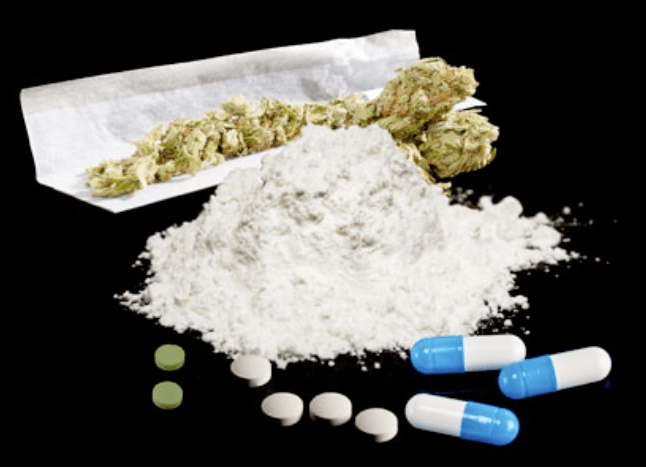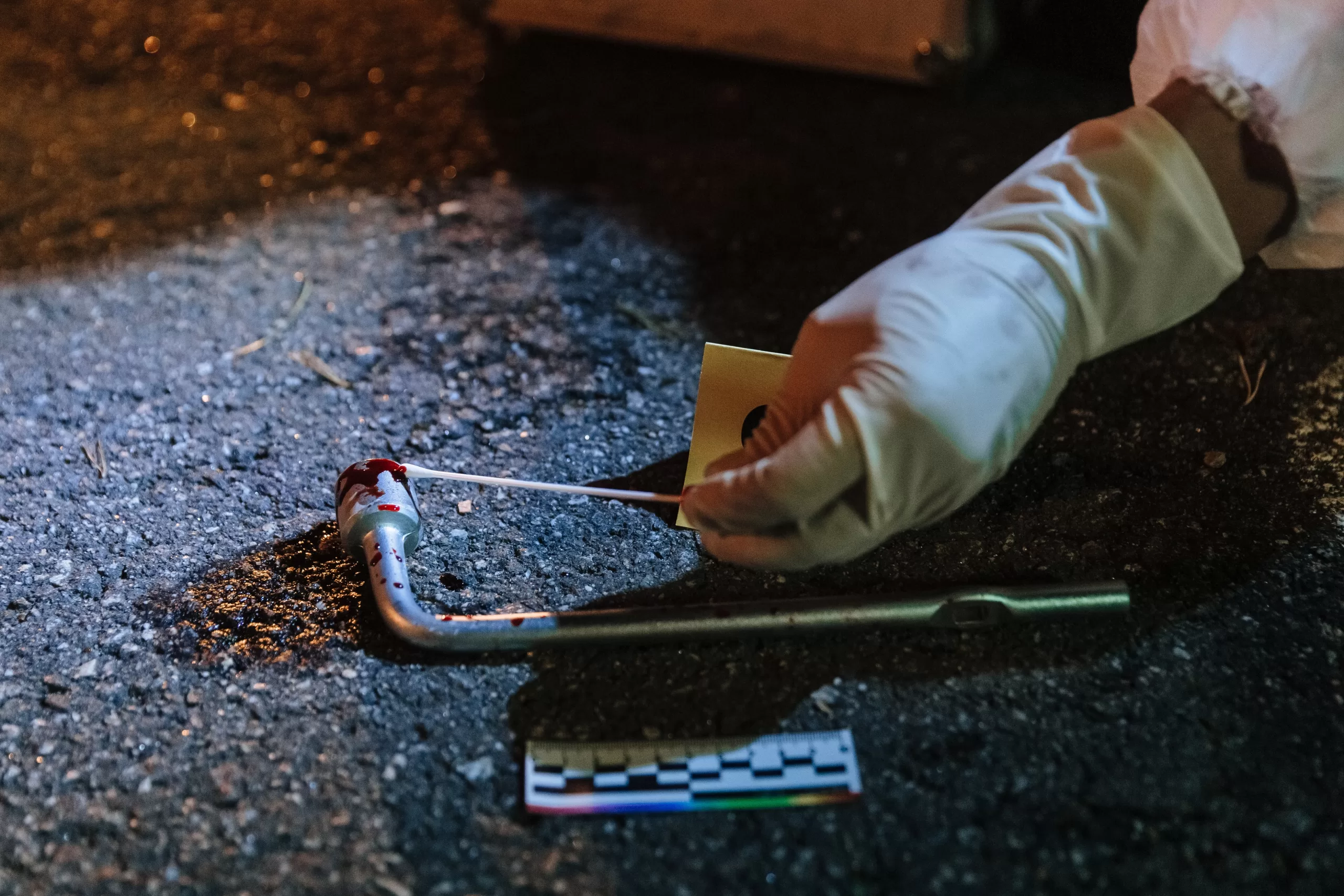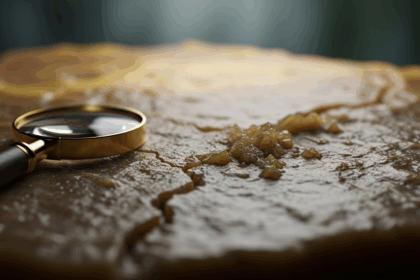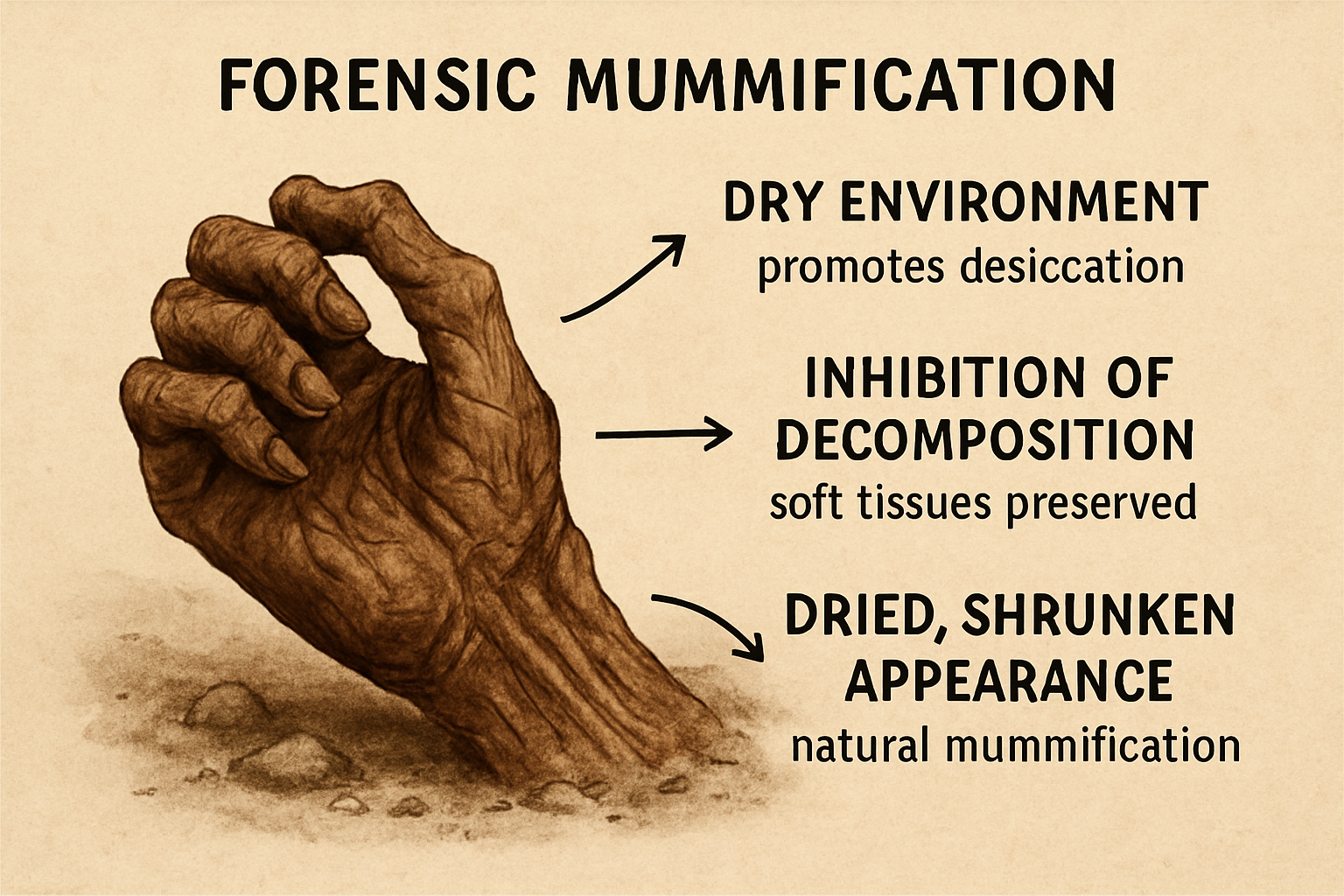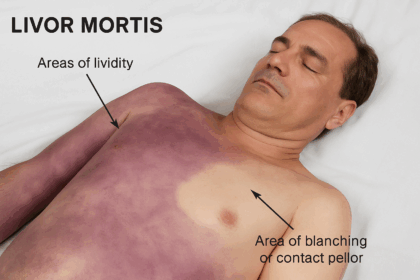Understanding Research Methodologies: Exploring Quantitative, Qualitative, and Mixed Methods
Uncover the heart of research, where curiosity leads to groundbreaking discoveries and societal advancement. Learn about the diverse methodologies—from quantitative to qualitative and mixed methods—that…
Effective Poisoning Treatment: Safeguarding Lives with Swift Action
Discover the four critical steps for effective poisoning treatment, from removing unabsorbed poison to administering antidotes, and safeguarding lives.
Unveiling the Deadly Truth: The Sinister Perils of Arsenic Poisoning
Arsenic, a deceptive killer, lurks in various forms, camouflaging its venomous nature. Unravel the poisonous compounds of arsenic and the havoc it wreaks on the…
Unmasking the Silent Threat: The Hidden Dangers of Lead Poisoning
Lead, a steel-gray metal, might seem harmless, but beneath its metallic gleam lies a dangerous secret. Explore the toxic compounds of lead, the impact on…
Unmasking the Hidden Perils of Mercury Poison: Understanding the Toxic Compounds
Mercury, also known as quicksilver, may appear intriguing with its silvery liquid form, but beneath its shimmer lies a dark secret. Uncover the poisonous compounds…
Copper Poison: Unraveling the Hidden Peril
Explore the complex world of copper toxicity—from essential copper compounds and their diverse applications to the risks, symptoms, and treatments of copper poisoning.
Thallium Poison: Unraveling the Toxic Tale
Thallium, a soft, heavy metal with a tin-white lustrous color, hides a deadly secret - its toxic compounds and their mysterious effects. From its uses…
Factors Modifying the Action of Poison: Understanding the Intricacies
Poison action is influenced by a myriad of factors, from the quantity ingested to the form and mode of administration. Let's unravel the complexities and…
Decoding the Enigmatic World of Poisons: Understanding Types of Poison Classification
Discover the captivating world of toxicology and forensic toxicology as we explore the classification of poisons. Learn about acute, chronic, and fulminant poisoning, as well…
Types of Drugs: Understanding the World of Narcotics
Discover the diverse world of narcotics and their effects on the central nervous system. We explore three main categories of drugs: depressants, stimulants, and hallucinogens,…
Crime Scene Reconstruction: Unveiling the Truth behind the Puzzle
Explore the fascinating world of crime scene reconstruction and its significance in forensic investigations. Learn about the steps involved, types of reconstruction, and the importance…
The Significance of pH and Buffers in Biological and Biochemical Analysis
Discover the importance of pH and buffer solutions in biological and biochemical analysis. Explore the principles, types, and applications of buffers, and learn about physiological…
The Importance of Careful Handling and Preservation of Questioned Documents
Questioned documents are any documents that are subject to investigation in a legal or forensic context. These documents may include handwriting samples, signatures, contracts, wills,…
Adipocere Formation: The Science of Grave Wax in Forensic Investigations
Delve into the fascinating world of adipocere, or 'grave wax.' This comprehensive guide explores the unique chemical process of its formation, the diverse environmental and…
The Indispensable Role of Mummification in Forensic Investigations
Mummification, a natural form of body preservation, offers invaluable insights in forensic investigations by retaining features crucial for identification, estimating post-mortem interval, and revealing the…
Understanding Marbling and its Importance
Learn about the importance of marbling in forensic science and how it can assist in determining the time and cause of death. This article discusses…
How cadaveric spasm is different from rigor mortis?
Rigor mortis and cadaveric spasms are muscle changes after death, but they have some critical differences. Rigor mortis is a gradual process affecting all body…
Cadaveric Spasm: The Silent Witness of the Final Moments
Unlocking the final moments: Cadaveric spasm, an immediate stiffening at death, provides critical forensic evidence, revealing circumstances surrounding violent or traumatic fatalities.
Mechanism of Rigor Mortis and Its Medicolegal Importance
Rigor mortis, a key post-mortem change, provides critical forensic clues. Explore its biochemical mechanism, the factors influencing its onset and duration, and its indispensable role…
Postmortem Lividity (Livor Mortis): Forensic Role in Time of Death
Postmortem staining occurs after death due to blood settling in dependent parts of the body. It is important in determining cause and time of death.…













